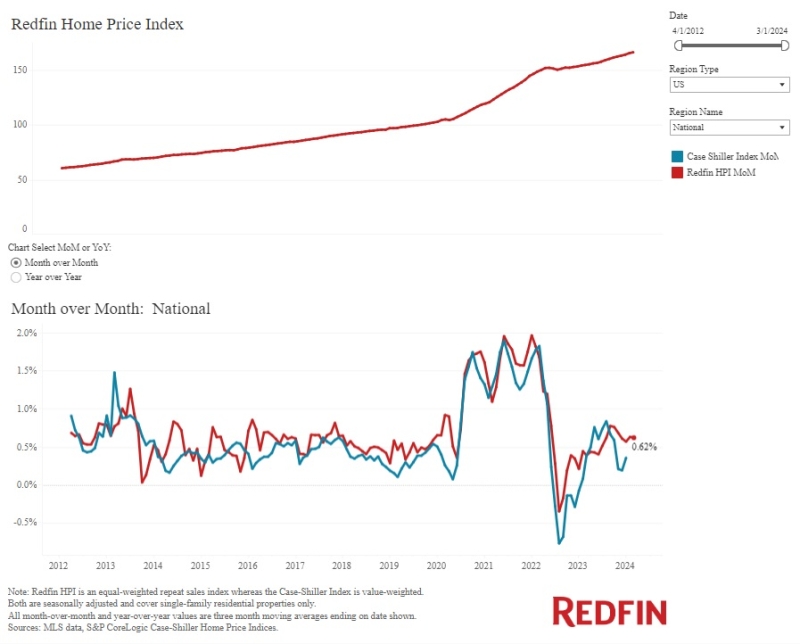Advertisement
NLIHC calls on Congress, Administration to address shortage through National Housing Trust Fund

The shortage of housing that is affordable for the lowest income families grew significantly between 2007 and 2008, according to an analysis of 2008 American Community Survey (ACS) data done by the National Low Income Housing Coalition (NLIHC). In 2007, the shortage of homes affordable for extremely low income renter households (those earning 30 percent or less of their area median income) was 2.7 million. The shortage grew to 3.1 million homes in 2008.
This longstanding deficit of rental homes that are affordable for the poorest households is getting worse because the number of extremely low income households is increasing, while the number of rental homes they can afford dwindles. ACS data show that the number of all renter households in the United States increased by 2.4 percent between 2007 and 2008, but the number of extremely low income renter households increased by 3.5%. During the same period, the supply of all rental homes increased by 2.2 percent, but the supply of rental homes affordable for extremely low income families decreased by 1.8 percent. Households with extremely low incomes continue to be the only income group facing an absolute shortage of affordable rental housing.
Looking at the number of rental homes that are both affordable and available to the lowest income households, the picture is even worse. Many of the homes that extremely low income families could afford are occupied by higher income people. For every 100 extremely low income renter households, there were 39 rental housing units affordable and available for them in 2007. By 2008, the number of affordable and available units had declined to 37. A scarcity of housing that the poorest families can afford is the principle cause of homelessness in the United States.
The shortage will likely be worse for 2009 and 2010. The increase in unemployment and resulting loss of household income that has occurred between 2008 and 2009 means even more households are competing for fewer homes renting at prices they can afford. This shortage will persist despite the excess supply in the overall housing market caused by the foreclosure crisis and the recession.
“In the array of subsidies and bailouts that Congress and the Administration have given out in an attempt to repair the economy in the last year, more than $1.1 trillion has gone to the housing sector through foreclosure mitigation programs, tax credits for homebuyers, and cash infusions to Fannie Mae and Freddie Mac. Not one dollar has been devoted just to addressing the shortage of rental housing for extremely low income families,” NLIHC President Sheila Crowley said. “This is unconscionable neglect. Congress cannot claim that we cannot afford to build more affordable rental housing, when they just this month put another $11.8 billion into subsidizing homebuyers with incomes of up to $250,000.”
Low income housing and homeless advocates are calling on Congress to put at least $1 billion in the National Housing Trust Fund before the end of the year. This will support the immediate construction of 10,000 rental homes, creating 15,100 new construction jobs and 3,800 new jobs in ongoing operations. Further, the new jobs bill that Congress is now developing should include another $15 billion for low income rental housing construction and rehabilitation through the National Housing Trust Fund in 2010. An additional $15 billion would create another 283,500 jobs.
The National Housing Trust Fund was established in 2008, but has yet to be funded. Three quarters of the homes produced with National Housing Trust Fund dollars must be affordable to extremely low income households.
NLIHC has analyzed Public Use Micro Sample data from the 2007 and 2008 American Community Surveys. The American Community Survey (ACS) is an annual survey of approximately 3 million households that provides recent information on the characteristics of Americans and their housing. Data are published in the fall the year after they have been collected. The ACS will an integral part of the 2010 Census. For more information about the American Community Survey, click here.
For more information, visit www.nlihc.org.
About the author





